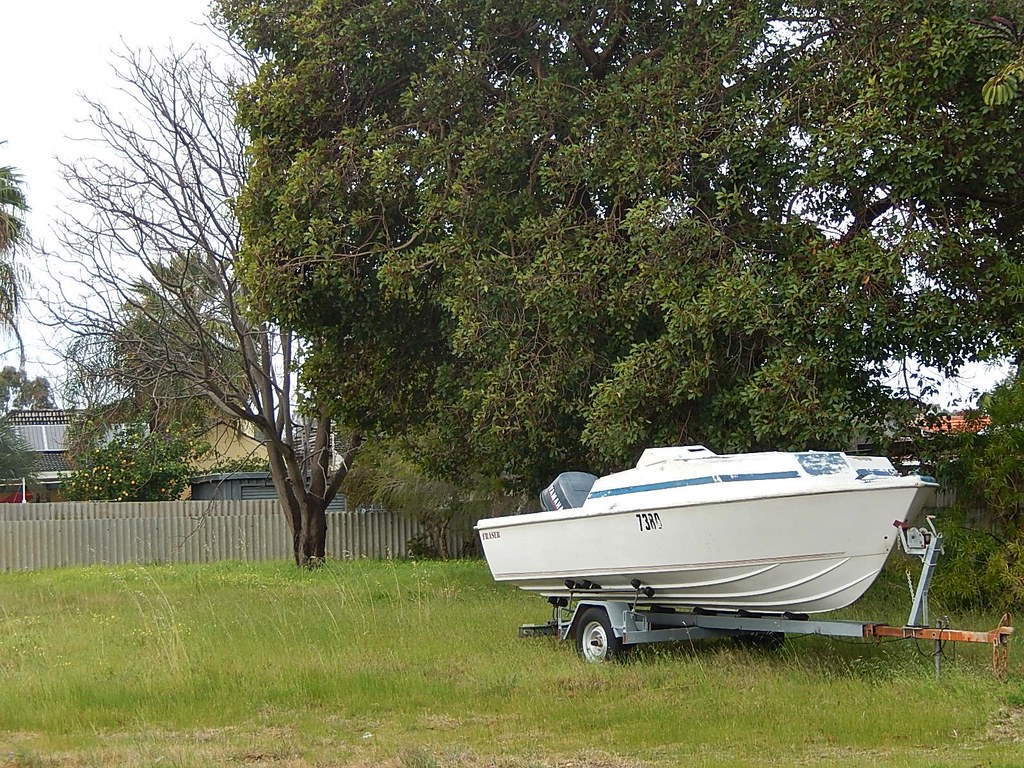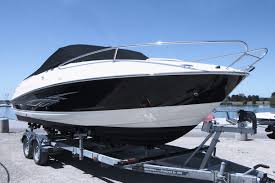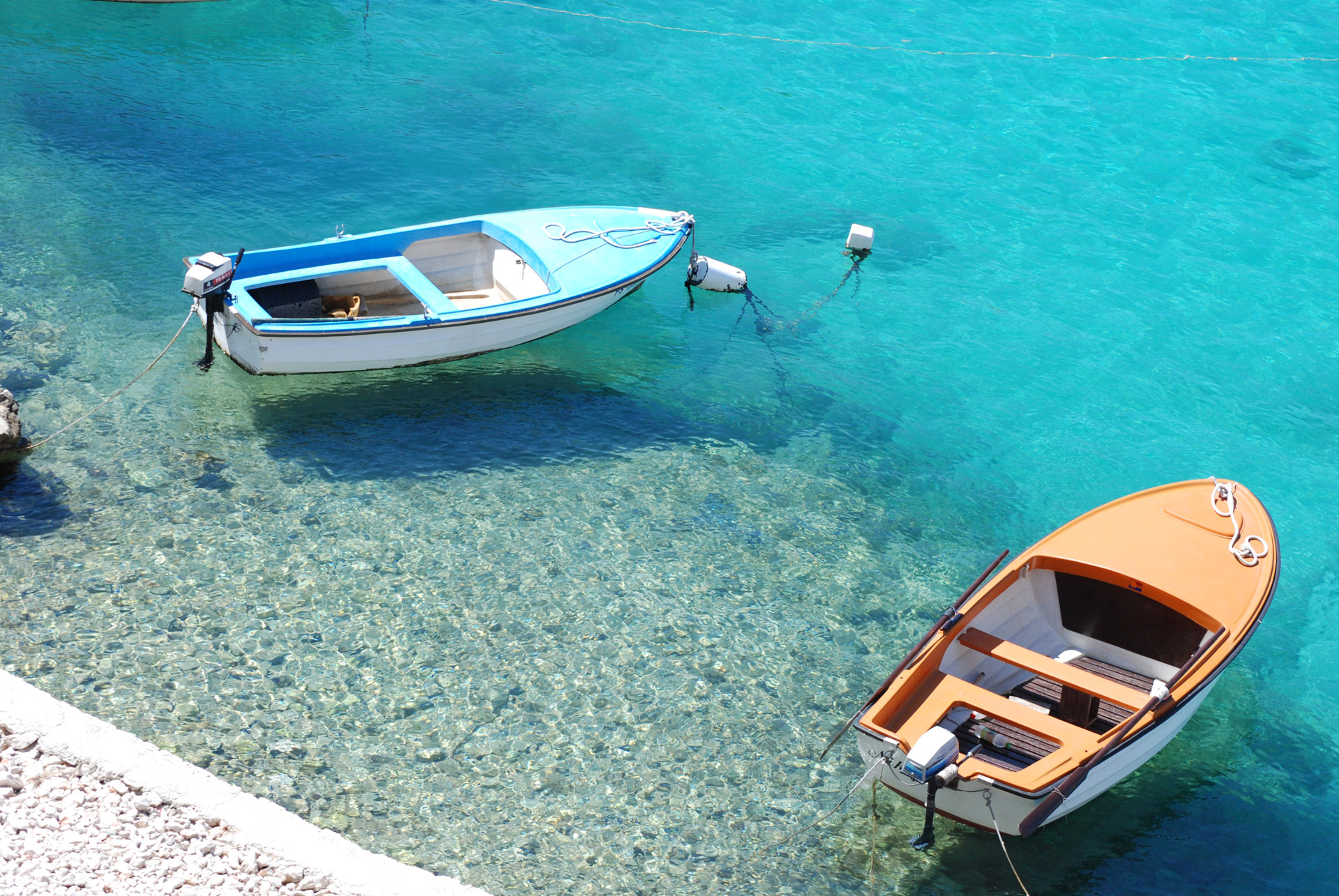The first step in the boat-buying process is also the most important—determining exactly what type of craft will best fit the needs and wants of both yourself and those you plan to bring along for the ride. Those needs and wants are typically determined by what type of activities you want to pursue on the water. If you are going to shop in the used boat market, be prepared with some often-overlooked criteria that can steer you away from more expensive cost of boat ownership, less time on the water, or unsafe conditions.
Often when we see a gorgeous boat, and fall in love with it, it is easy to gloss over the inspection part and be lured into talking about the performance aspects of the boat. Really, you just want to get boating! However, don’t skip these important steps first! In case you aren’t sure what to ask or what to look for, here is a list of the most important things to look for when inspecting a potential used boat.

ENGINE ISSUES
Naturally, these top the list. Buy a boat with a bad engine, and you’re in for a serious disaster. So, pull the dip-stick and check the oil to make sure it’s in good condition and isn’t milky (which indicates water in the oil). Check the plugs to make sure they aren’t encased in carbon. Listen to how smooth it sounds while running. Show up 15 minutes early for the sea trial, so the seller doesn’t warm it up ahead of time. But most importantly, if you don’t know very much about engines bring along a friend who does, or better yet, get your mechanic to go along for the ride.
ELECTRICAL SYSTEMS
Few jobs are tougher than replacing the wiring on a boat, which often runs under decks, through tight chases, and into closed compartments. When you’re looking at a used boat, turn on each and every electrical item from lights to electronics, one at a time. Then turn them all on at once. Also, take a peek at the fuse box. If you see an assortment of different brand fuses, indicating that some or many have been replaced, ask why (and if the problem was fixed). Also, take a general survey of the state of the wiring; is it straight, well-loomed, and supported? Or, are you looking at a rat’s nest of wires that will make it nearly impossible to track down problems in the future?
FAILING PUMPS
What we’re most worried about here, of course, is bilge pumps. You may be able to flip a switch and make sure it runs, but that doesn’t mean the float switch works. Access the bilge and trigger it manually, to be sure. Obviously, you should also run washdowns, heads, and anything else that’s powered by a pump.
SATURATED FOAM
You can’t see this problem, but you can usually detect it. One way is simply by looking closely at the way the boat floats. If at all possible, ask the owner to remove any heavy gear onboard and observe how the boat sits in the water. Is it perfectly even? Are the scuppers well above the waterline? Does it sit nearly level, with the bow slightly up? Surely the boat was designed and built such that you’d answer yes to all of these questions. If the answer to any is no, you need to wonder why. If you have a moisture meter and can check cored areas of the boat, so much the better. Tap on suspected saturated areas with a mallet, and you’ll hear a different tone than you will in dry areas of the boat.
ROT
In truth, rot isn’t nearly as common a problem as it once was, mostly because the vast majority of builders stopped using un-treated wood as a construction material many years ago. But you still see it sometimes, especially when looking at much older boats. Most commonly, this arises in the transom or deck coring. In the transom, lots of large cracks at the edges (a few small ones are almost always present) are a dead give-away of structural failure. In the deck, a spongy or springy feeling underfoot tells you that rot has taken place.
STRINGERS
The stringers are the backbone of the boat, and if they break or separate from the hull, serious trouble is in store. You may need to wiggle into a tight hatch or duck into a smelly bilge, but do whatever it takes to get a good eyeball (aided by a powerful flashlight) on the stringers. Any visible damage or separation should be taken very, very seriously.
CABIN LEAKS
Often, you can identify cabin leaks easily by seeing watermarks. But not always, especially if the seller has done a thorough job cleaning the boat. To see if any hatches, ports, or seams leak, take a hose and spray it full-blast at these potential leak spots. Then go down below, and check for any unexpected moisture.

HULL TO DECK JOINT SEPARATION
The hull to deck joint is obviously important, and just as obviously, you can’t usually see it in most or all of the boat. Try to get an eyeball on it wherever possible, especially if you see any abnormalities in the rubrail. (A bent or twisted rubrail often indicates a spot where the boat came into contact with something hard, like a piling, which probably stressed the joint). It’s also a good idea to give the rubrail a thorough soaking with a hose, all the way around. Then look for spots where water came through, (or see if there’s water in the bilge) indicating that the joint’s seal is no longer complete.
LEAKING LOWER UNITS
Lower unit issues are common in both outboards and stern drives, and can be very tough to spot. Most of the time, they arise after a bad seal or hairline crack in the casing allows water intrusion. The only way to know for sure that a lower unit is completely sealed is to run the boat, then look at the lower unit oil to make sure it doesn’t have a milky appearance. If the seller is okay with it, crack the drain screw a hair and let a little oil drain out onto your fingers, so you can look at it. Another good way to handle this issue is to tell a seller you’d like to replace the lower unit oil yourself, at no cost to him or her, just before signing on the dotted line.
EVERYTHING ELSE
There are so many parts and pieces to a boat, it’s often impossible to make sure you check them all out before you buy. That’s why a sea trial is so important. You never know what you’ll learn about a boat while running it—maybe the steering is a lot looser than you’d like, the throttles are sticky, who knows what else? So, the number-one rule about buying a used boat is: never sign on the dotted line until you’ve gone for a ride. And always purchase from reputed dealers like Aussie Boat Sales, where you can be sure you’ll always get the facts straight.

